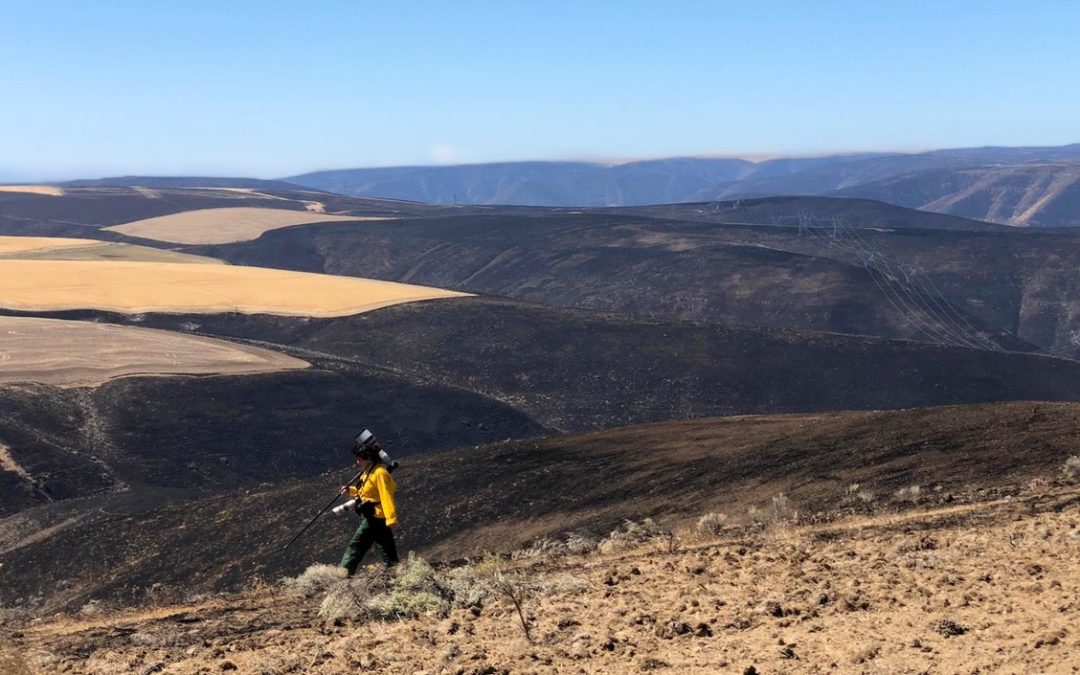SOURCE: Water Deeply
DATE: October 24, 2018
SNIP: Oregon is known by many as a wet place, with persistent rain and forests enveloped in fog. This year is different. In a matter of just six weeks over the summer, one-third of Oregon was instead enveloped by extreme drought.
That figure comes from the National Integrated Drought Information System (NIDIS), a branch of NOAA. The results also rank 86 percent of Oregon in severe drought territory, a slightly less severe category.
The Oregon drought this year is most striking because it covers many coastal areas known historically as some of the wettest in the country.
“Only the northeast corner of Oregon experienced somewhat normal amounts of precipitation and snowpack,” Rancier said. “The rest of the state was drier and warmer than normal.”
That low snowpack was due, in part, to higher temperatures. Portland, for instance, saw its hottest year in recorded history, with more days above 90 degrees than ever before.
Without a deep snowpack contributing to streamflow the state dried out very quickly after last winter. The Willamette Valley experienced its driest ever May through September period. In September, statewide streamflows averaged just 55 percent of normal, and many reservoirs across the state were at less than 25 percent of capacity at the end of the month.
El Niño, a periodic warming of equatorial Pacific Ocean waters, often means relatively dry winter conditions in the Northwest – including Oregon. In a report issued Oct. 18, NOAA’s Climate Prediction Center said there is a 70–75 percent chance of El Niño forming by late fall. Warmer-than-normal conditions are expected throughout the West as a result, making it likely drought will persist in interior regions of the Northwest.

